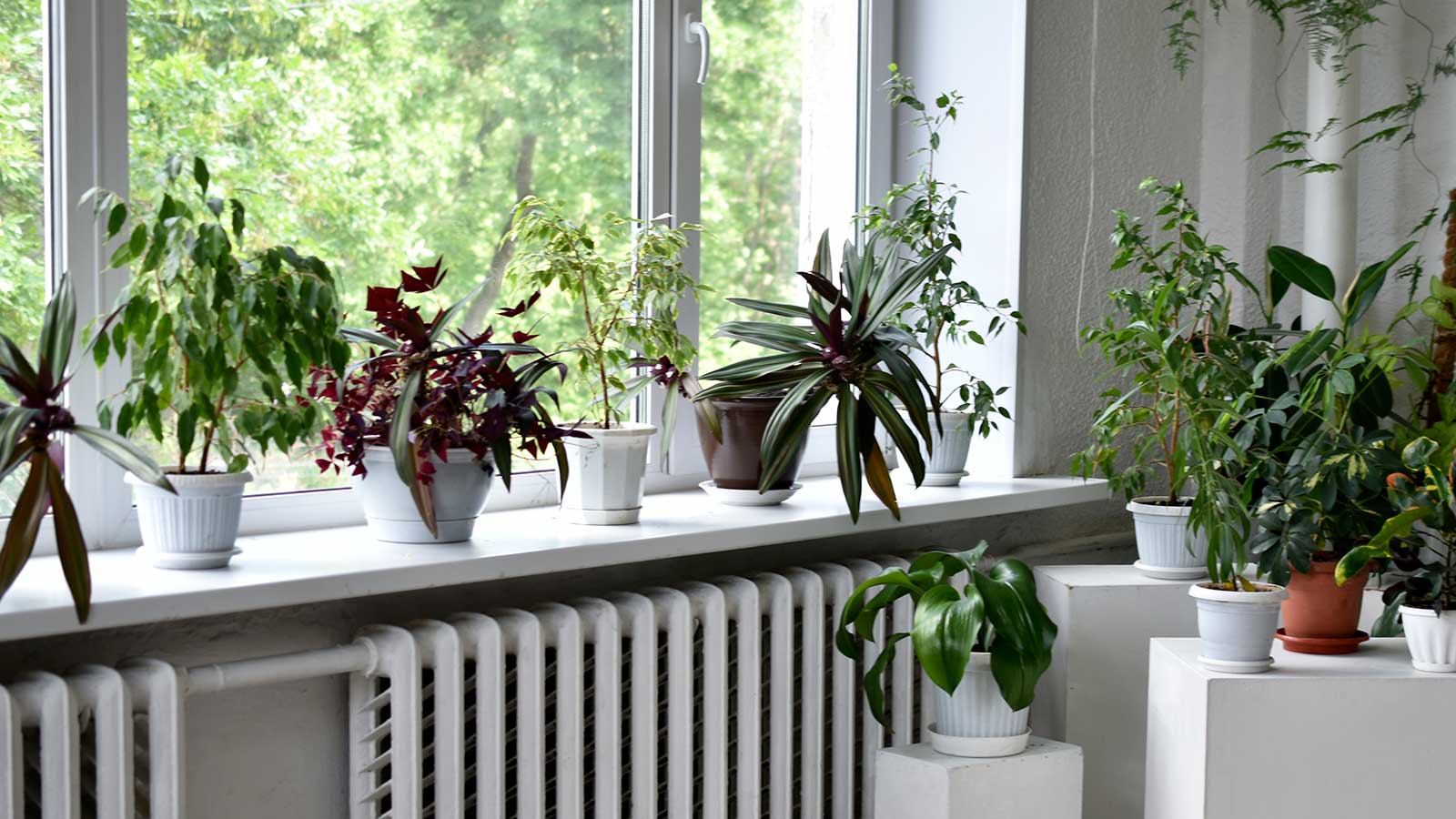
During the dark depths of winter we rely on our heating systems to keep us and our homes warm and comfortable, which means that when they break or don't work effectively, it's more important than ever to get them repaired swiftly.
This can, however, prove costly and time-consuming, particularly if problems arise on weekends, when most professional HVAC experts aren't working, or do so at an increased rate.
While sometimes it is necessary to call a professional, there are common heating problems that you can successfully repair yourself. I spoke to HVAC experts to find out which to DIY to avoid heating mistakes that are making your house colder.
1. Dirty or old air filters
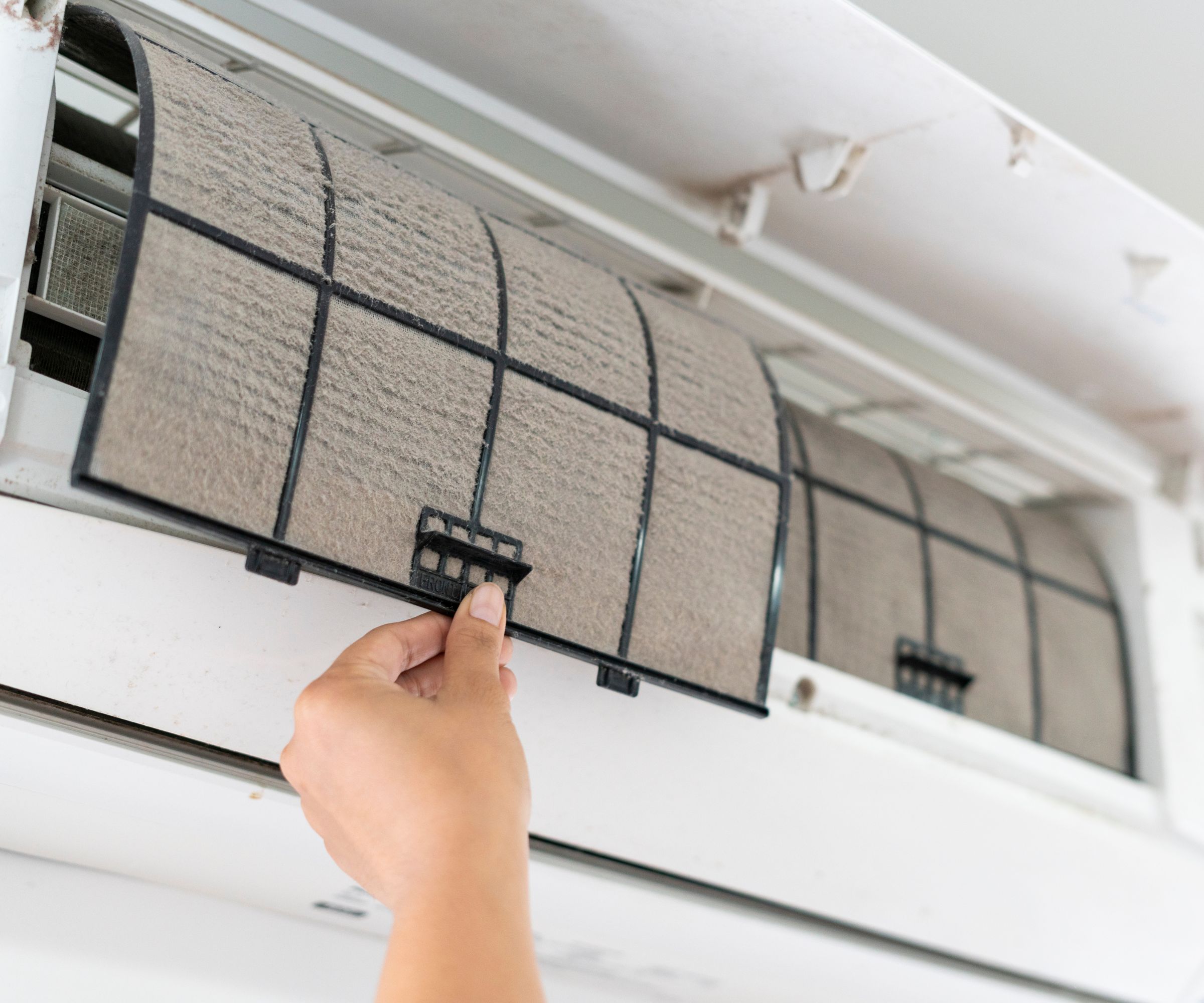
Clogged air filters will negatively affect airflow through your HVAC system and home, but they're easy to repair and replace yourself.
'Dirty filters restrict airflow, forcing your system to work harder and reducing its efficiency, so it's important to follow regular maintenance and ensure your air filters stay fresh and clean,' says Max Veggeberg, CEO and Founder of Tetra, an AI-enabled home services company helping customers adopt energy-efficient heating and cooling solutions.
'You should replace disposable filters or clean reusable ones at least every one to three months, especially before heavy heating season use,' Max adds.
If your specific system's filter is disposable, it's easiest to simply replace it. 'If you have a reusable filter, clean and scrub it with cool water to get rid of hair, dust and debris before replacing it,' adds Veggeberg.
2. Radiators that won't warm up
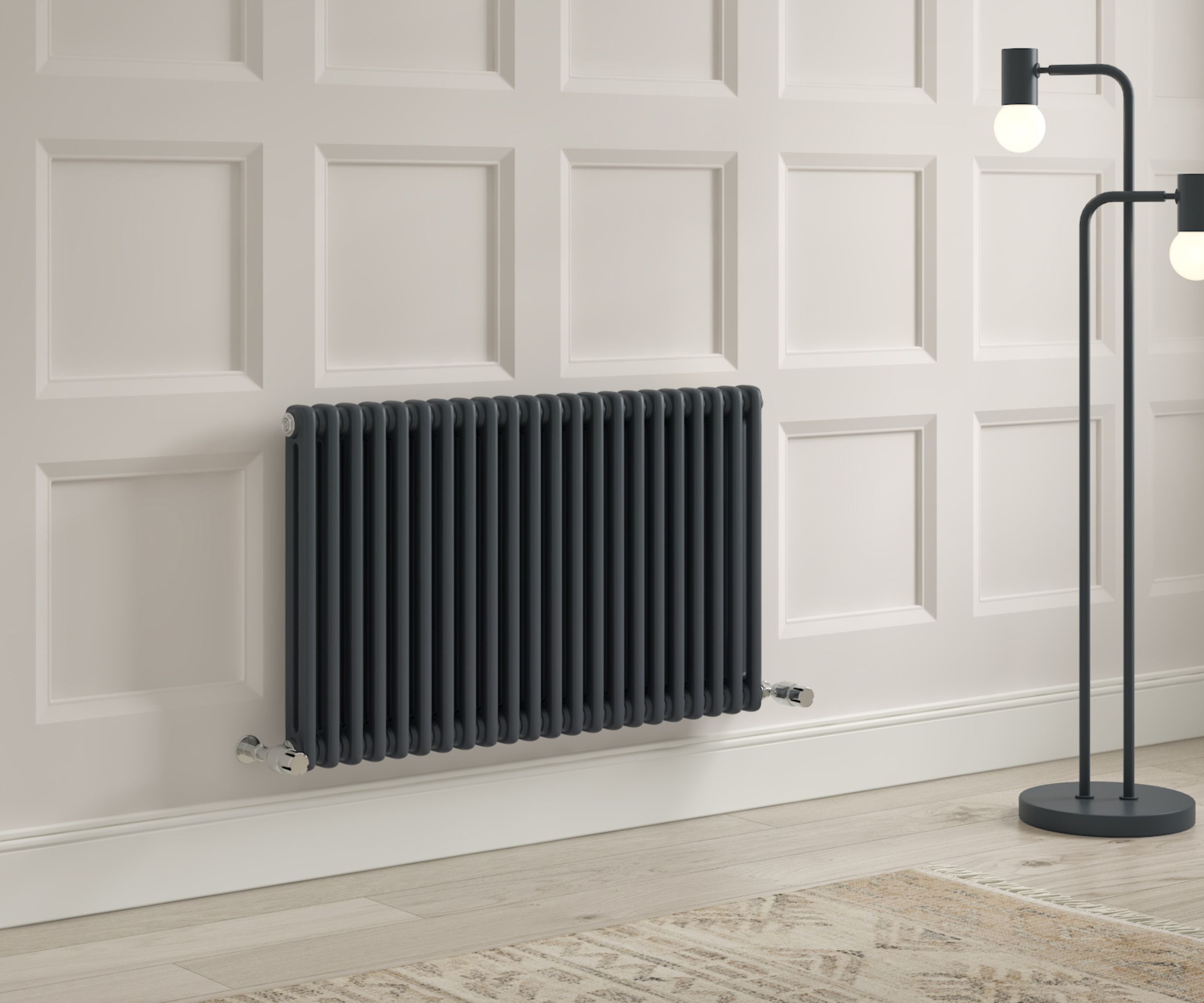
'As the heating season starts, some homeowners call a technician because their radiators are not warming up,' says WG Hickman, owner of Tri-County Air Service. 'In fact, radiators that are not heating simply have trapped air inside and need to be bled, which you can do yourself.'
Bleeding radiators doesn't require professional tools or skills, and it doesn't pose a threat to your health or home, either. However, Hickman does recommend wearing protective gloves. 'The water in radiators isn't just pure water – it contains corrosion inhibitors, antifreeze, and other additives used to protect the heating system from rust and freezing,' he explains.
To bleed your radiator, prepare a bucket, place it under the radiator valve, and open the valve with a radiator key, such as the TOYMIS 6Pcs Radiator Valve Keys available at Amazon. Once the valve is open you will hear hissing, which is the air escaping from your radiator. Keep the valve open until water starts flowing into the bucket, before closing the valve.
'After you bleed your radiators, they should start heating up,' says Hickman. 'Remember, you should do this with all radiators in your home.' You can also fix a radiator leak yourself.
3. A pilot light which won't stay lit
A pilot light is a small gas flame which serves as an ignition point for water heaters. 'This can often be fixed with a little cleaning or adjustment, so no need to call in help right away,' says Scott Beetham at Beetham Electric.
To do so, turn off your gas, wait a few minutes, and clean the pilot light opening. 'You can use a toothpick to clear any debris,' recommends Beetham, such as the Bamboo Wooden Toothpicks available at Amazon.
'Once clean, relight the pilot according to your furnace’s instructions.' We recommend using a long lighter, such as the #1 bestselling BIC Multi-Purpose Lighters available at Amazon, to keep your hands safely away from the flame.
A pilot light which repeatedly goes out may be an indication of a bigger problem, so always contact a professional if the problem continues to arise.
4. Clogged drain condensate lines
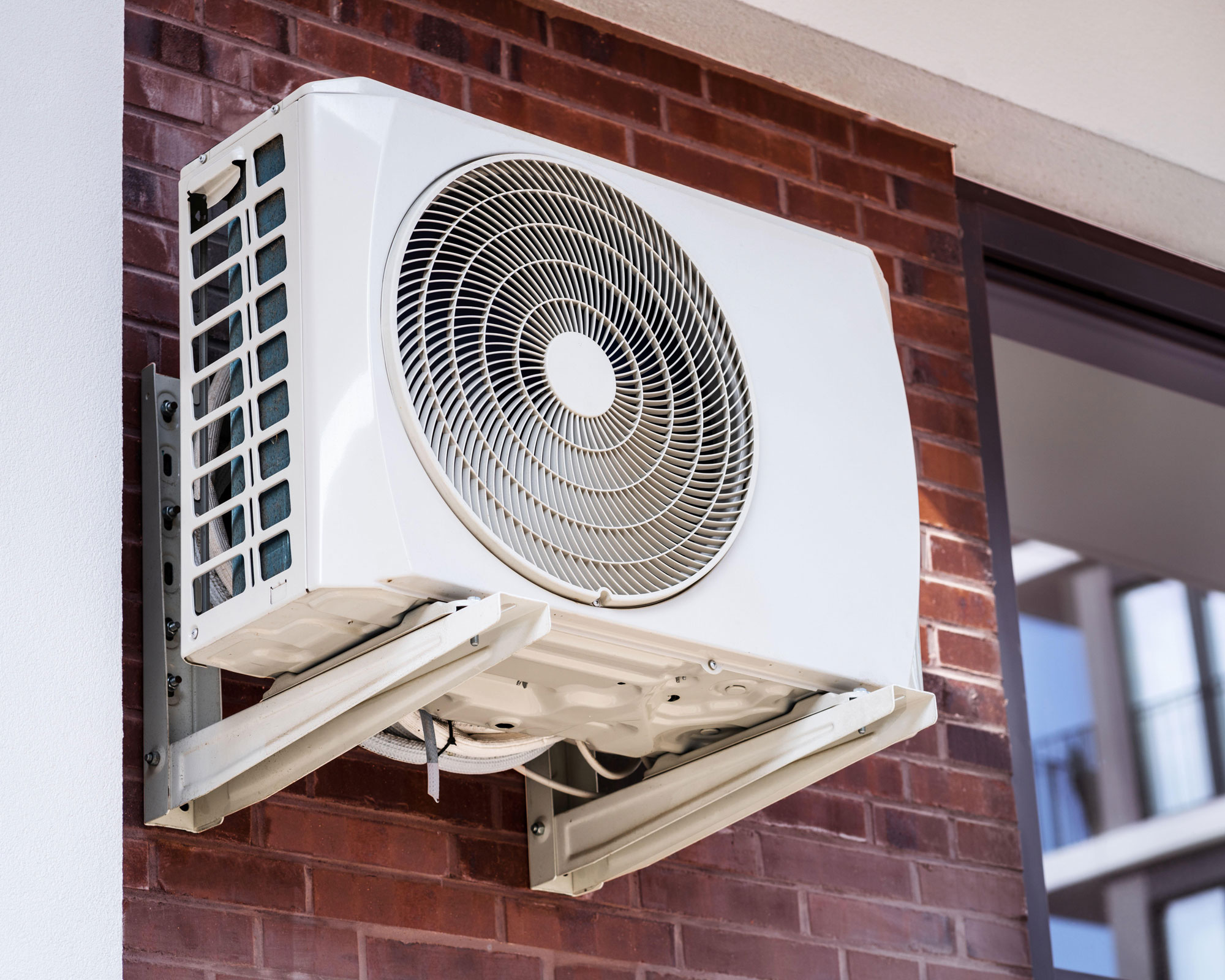
Clogged condensate drain lines can cause a HVAC system to shut down, so it's important to unclog them as soon as you notice an issue.
'Another repair you can do yourself is to declog or drain your condensate line,' says Veggeberg. 'A clogged condensate drain can cause water damage and increase indoor humidity, which can make your heating system less efficient.'
Therefore, once a year, clean the condensate pan, trap, and drain lines to prevent clogs and water damage. 'If you live in a humid climate, you may need to do this more often,' adds Veggeberg.
To do so, begin by turning off the air conditioner. 'If yours does not automatically shut off when the line is clogged, turn it off manually to prevent flooding the drain pan,' says Veggeberg.
Then, locate the drain line, which is usually a PVC pipe that runs outside of your home near the condenser unit. 'Attach a wet/dry vacuum to the drain line and run it for a few minutes to clear the clog,' before cleaning the line with either vinegar (such as the Great Value Distilled White Vinegar available at Walmart) or hydrogen peroxide.
Pour a cup of either down the drain line and let it sit for 30 minutes, which will help break down any remnants of the clog, and kill any growth that might be causing it. Finally, rinse the line, using a drain snake (such as the #1 bestselling FlexiSnake Drain Weasel Sink Snake available at Amazon), plumber's snake, or garden hose.
5. A furnace which won't turn on
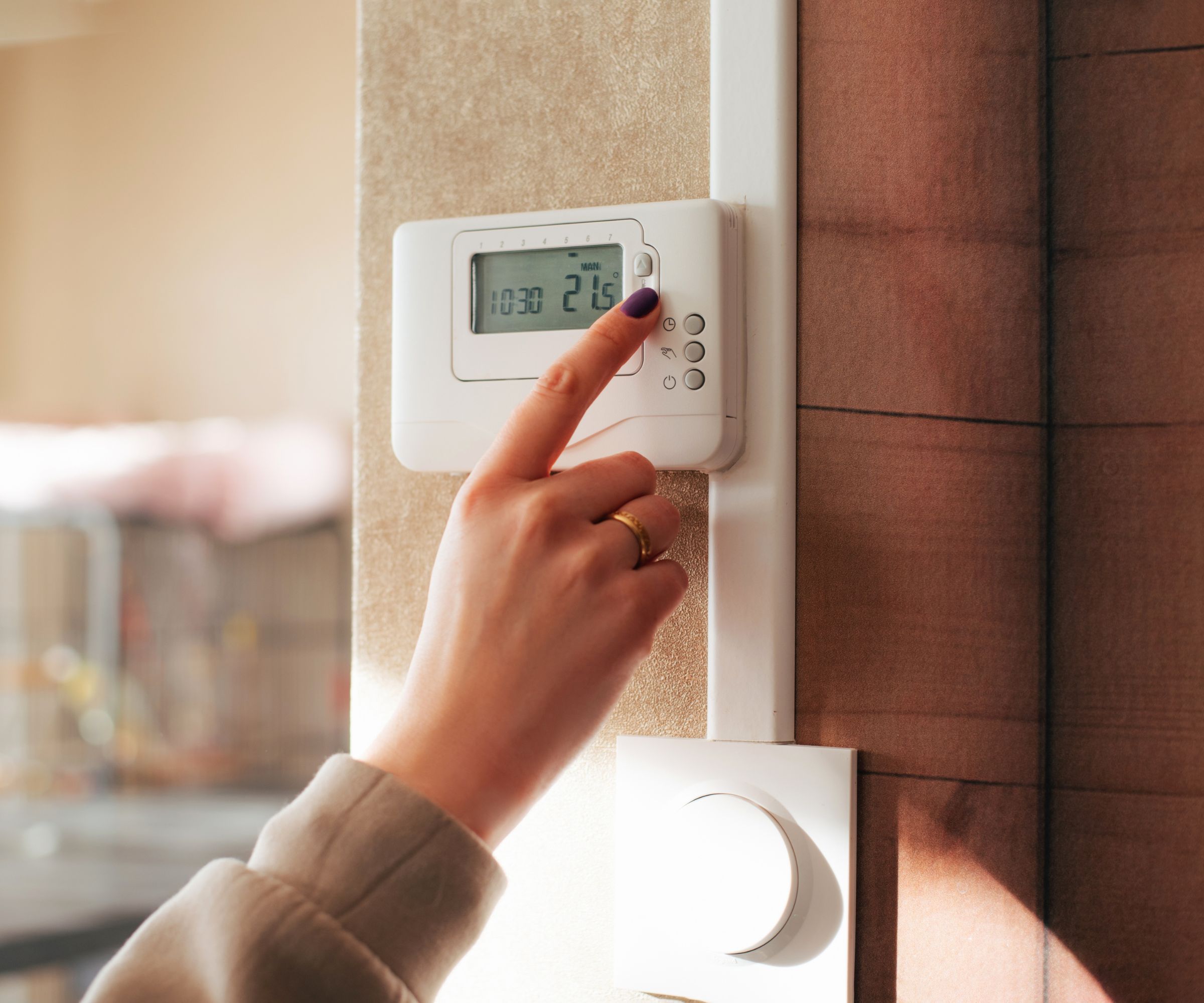
'A furnace that is not turning on is another common heating problem homeowners face,' says Beetham. 'While there are many reasons why your furnace might not turn on, most often, it can be simply addressed by turning off the power, switching the gas valve to "pilot," relighting the pilot light while holding the reset button, or pressing the reset button on modern electronic ignition systems, and then turning the furnace back on.'
This method doesn't require any tools, and homeowners are usually able to do so successfully. The problem may also lie with your thermostat.
'If your thermostat isn’t activating the furnace, try new batteries,' advises Al Fouz, from Abaco Air Experts. 'Digital thermostats need power to operate, so dead batteries mean no heat.'
To do so, turn off your furnace, remove the old batteries from your thermostat, install the new ones, replace the cover and turn the furnace back on. 'Fresh batteries can get the heat running in minutes,' says Fouz.
Your thermostat may also be affected if it needs cleaning, which is a common thermostat mistake. 'If the thermostat is dirty, a quick clean with a soft brush can solve the problem,' recommends Beetham. 'For non-programmable thermostats, make sure they're properly calibrated. You might also try a reset by turning it off and on again,' which often solves common thermostat problems.
6. Air ducts that need sealing
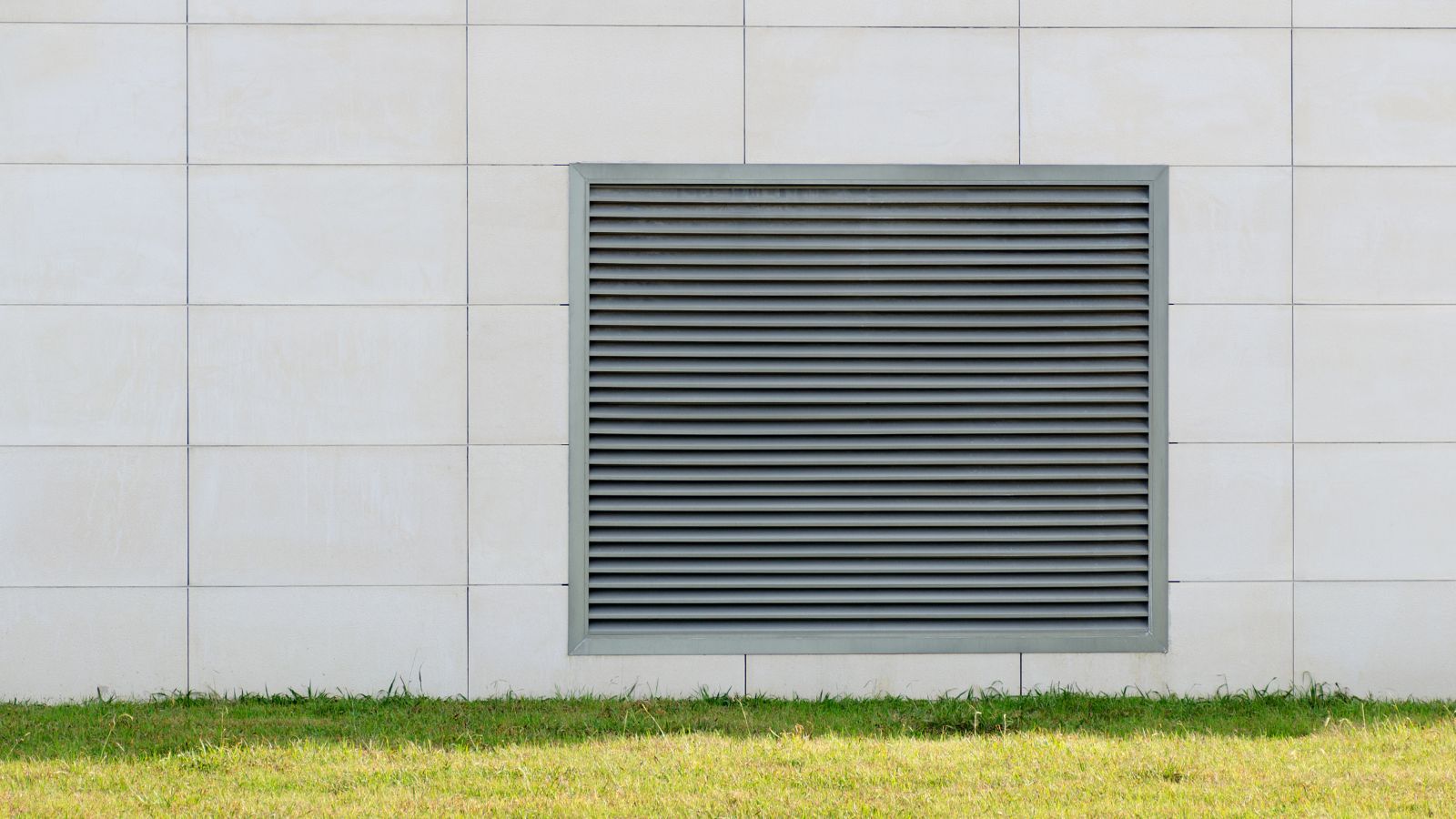
Leaky air ducts will cause heat loss, and cause your heating system to work harder, resulting in more costly energy bills, which could explain why your heating is so expensive.
'But, sealing them is a cost-effective and easy job that doesn’t require technical expertise,' says Pavel Buyeu, home improvement expert and co-owner of the LocalProBook project.
To do so, inspect your air ducts for any obvious gaps or loose joints, and clean the area around leaks with a damp cloth, such as the HOMEXCEL Microfiber Cleaning Cloths available at Amazon.
Then, apply foil duct tape, or mastic sealant to the gaps, making sure to cover the entire leak to avoid heat loss from your home. Buyeu recommends using the 322 Multi-Purpose Plain Foil Tape available at Walmart, which offers secure protection from moisture, and can be used both indoors and outdoors.
FAQs
Can I fix my boiler myself?
If you notice any common signs your boiler needs replacing or fixing, you might be keen to get the job done yourself.
However, repairing a boiler can be dangerous, and errors can be very costly, meaning it isn't worth the risk. Instead, hire a plumber or HVAC pro who will be able to locate the source of an issue and repair and replace any parts with ease.
If your house is cold even with fully-functioning heating, our dedicated-guide has expert-approved tips for beating the chill this winter.







